Nipple piercing can be very painful. If you are still hesitating about getting nipples pierced, perhaps the information we provide about nipple piercing (pain duration, recovery period, pain relief methods, clean methods, risk of infection, etc.) will help you.
Nipple piercing is a form of body modification that involves puncturing the nipple, typically through the skin, and inserting jewelry such as a ring or barbell. It is a personal style choice and a way to express individuality.
Nipple Piercing Pain
Since the nipple is a special area, there are many nerve endings on it. Although everyone has a different pain tolerance, most nipple piercers find the pain of nipple piercing to be very intense, basically more so than any other piercing (except genital piercings). According to the survey, most people believe that the pain of nipple piercing can reach 7/10 in the piercing pain chart.
Another important fact is that most piercers agree that a second nipple piercing is a level of pain higher than the first. This is because after completing a piercing on one side, you have a mental expectation of how painful the process will be. This expectation can exacerbate the pain the second time around. Based on the fact that most people choose to complete both nipple piercings at once, this point is critical.
How to Relief the Pain
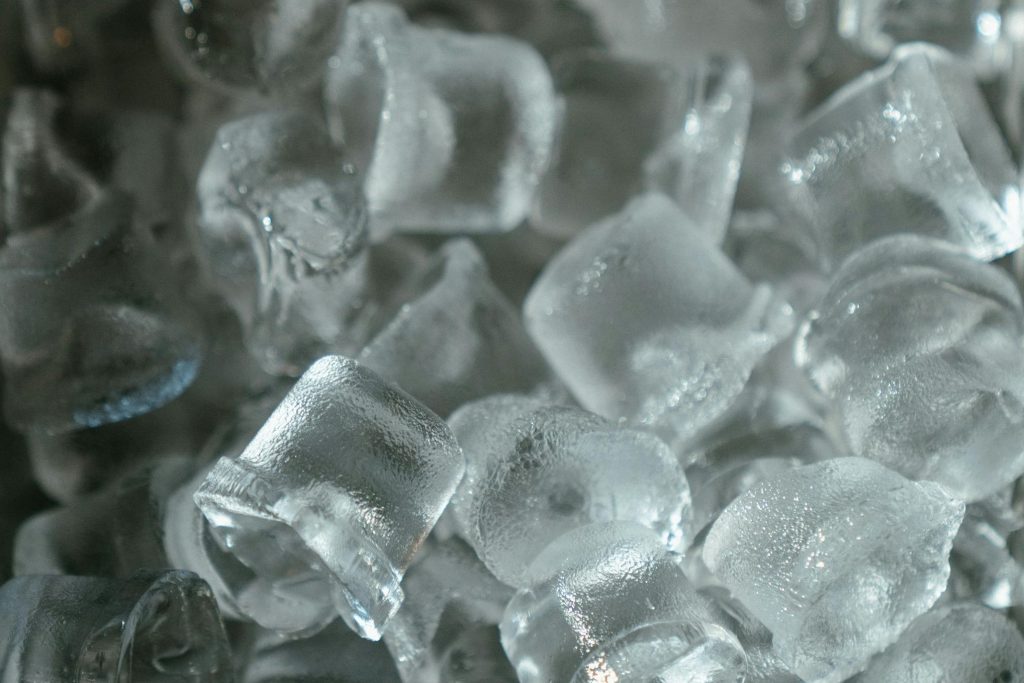
- Choosing a skilled piercer: Choosing an experienced piercer ensures accuracy and efficiency in the procedure, thereby reducing the overall discomfort associated with nipple piercings
- Consider local anesthesia: Discuss local anesthesia options, such as local anesthetics, with your body piercer for temporary pain relief during the piercing.
- Use NSAIDs: Use NSAIDs like ibuprofen (Advil, Motrin), naproxen (Aleve), or aspirin to treat pain and inflammation. If the puncture site is just painful and not swollen, try acetaminophen.
- Ice compress: The cold sensation from the ice cubes may help reduce the initial pain and provide a unique and refreshing sense of comfort.
- Avoid touching anything to the puncture site: Avoid letting anything touch the pierced nipple, including clothing, hair, hands, or bedding, as bacteria on sheets or pillowcases may cause infection.
Healing Period
How long do nipple piercings take to heal? Nipple piercings typically have a longer healing time compared to other types of piercings due to the nature of the tissue being pierced. The healing process can vary based on several factors, including individual health, lifestyle, and adherence to aftercare instructions. Generally, the healing time can range from several months to over a year.
According to doctors, the initial healing phase is crucial, and the secondary healing phase can last from 6 to 12 months, with personal factors affecting the healing time. Regular check-ins with the piercer are recommended to ensure proper healing. It also advises waiting 4-6 weeks before changing the jewelry to reduce the risk of infection or irritation.
Health risks
- Nipple Trauma: The piercing process can cause trauma to the nipple tissue, which may lead to complications if not properly managed during the healing process.
- Clogged Milk Ducts: For lactating individuals, there is a risk that a nipple piercing could clog milk ducts, potentially affecting breastfeeding.
- Migration or Rejection: The body may reject the piercing, causing it to migrate or be pushed out, which can lead to scarring or other complications.
- Mastitis: An infection of the breast tissue, which can be a serious condition, especially in breastfeeding women.
- Neuroma Formation: A growth of nerve tissue that can occur as a result of trauma from the piercing, potentially causing chronic pain.
- Impact on Medical Procedures: In some cases, nipple piercings may interfere with medical imaging or other diagnostic procedures.
Jewelry
When selecting jewelry for new nipple piercings, prioritize hypoallergenic materials such as titanium, surgical stainless steel, and niobium to reduce allergic reactions and ensure compatibility with your body. The design should be simple and smooth to minimize irritation from catching on clothing. Barbells and captive bead rings are recommended; barbells are particularly favored for their stability and promotion of faster healing. The jewelry must be appropriately sized to fit comfortably without causing pressure, and captive bead rings with closed ends are beneficial for preventing accidental removal.
Avoiding large or hanging jewelry that could strain the piercing is the best way to keep healing intact. To avoid thread irritation, it is better to use internally threaded jewelry of high quality. Wait until the piercing heals fully, usually after months, before you change the jewelry; this will prevent any kind of illness and promote healing processes.
Alicia
Alicia is a passionate writer with degrees in English and American Literature. Her journey through the worlds of fashion, culture and design is as fascinating as her literary pursuits. Beyond literature, Alicia is equally an optimist who loves life. Whether it's photography, knitting, pottery, or yoga, she's willing to try it all. Beyond trends and labels, she advocate for sustainability and ethical fashion practices. She believe in the power of conscious consumerism, and she strives to highlight brands that prioritize environmental responsibility and social impact.
Recent Posts
Your Goth Christmas Style Guide
11/25/2025Cybergoth Aesthetic
11/11/2025How to Prepare for Halloween Night
10/28/2025Categories
Related Articles
Finding Best Titanium Piercing Jewelry: A Comprehensive Guide
When it comes to body piercings, the quality of your jewelry is...
ByAlicia05/13/2025How Much Does It Really Hurt
So, you’re thinking about getting a surface piercing? Maybe a nape piercing...
ByAlicia05/06/2025Daith Piercing Pain: Is It Worth It for Migraine Relief
Migraines are more than just headaches—they’re chronic, often debilitating neurological conditions that...
ByAlicia04/25/2025Top 5 Least Painful Piercings for First-Timers
If you’re considering your first piercing and are concerned about pain, you’re...
ByAlicia04/16/2025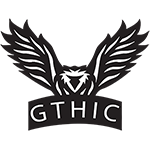

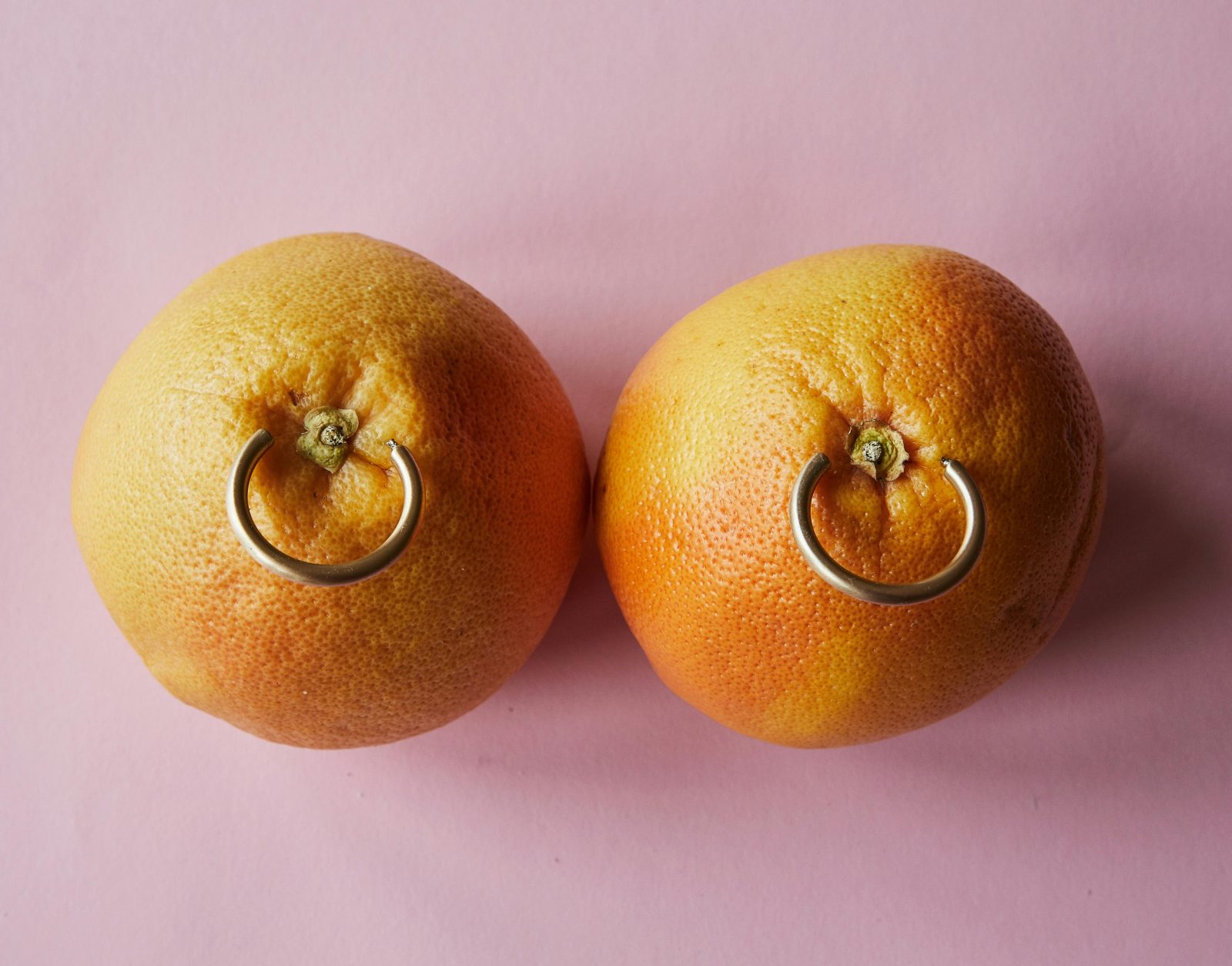




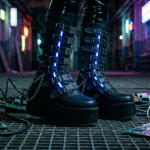


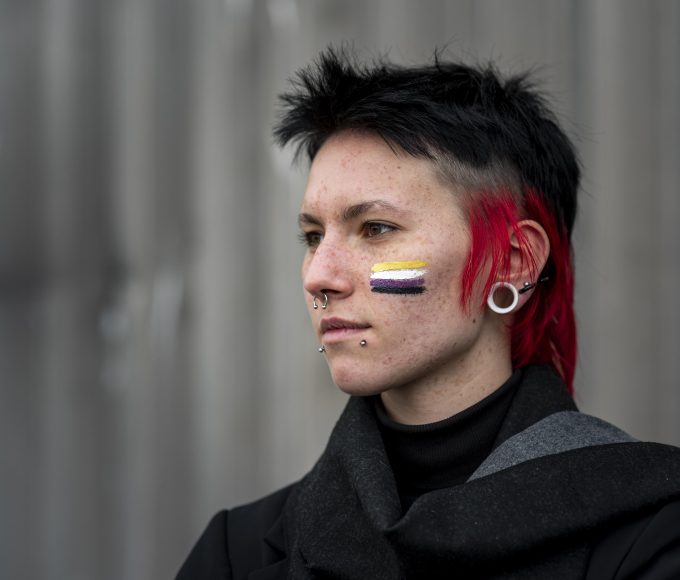
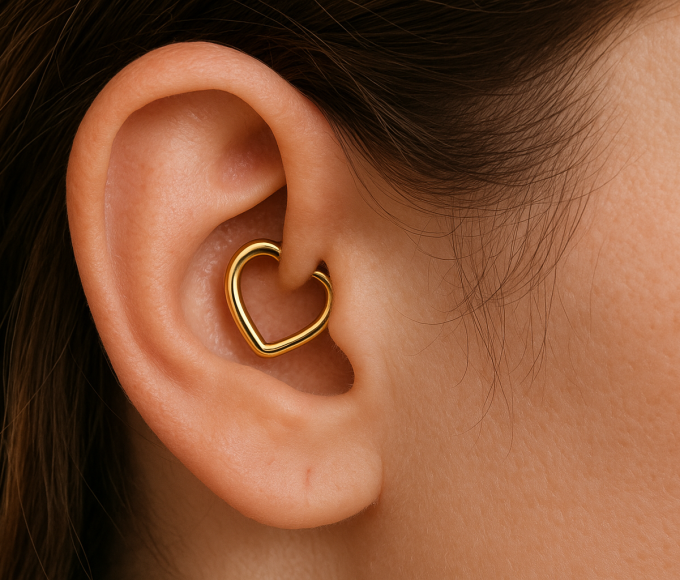
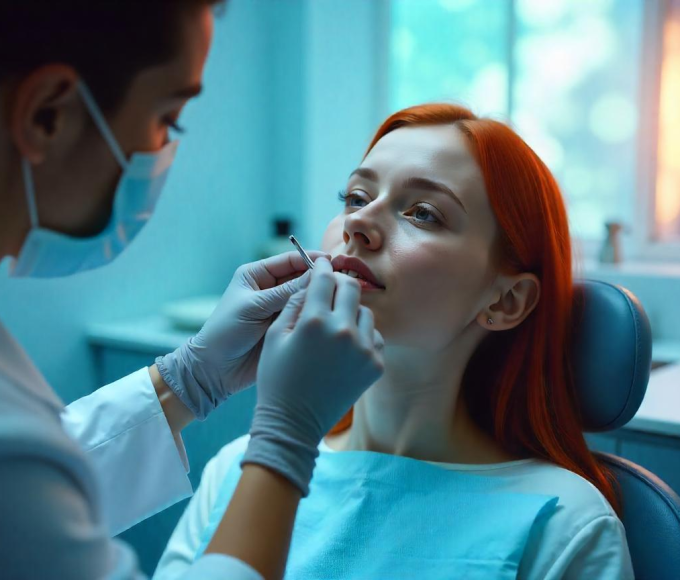
Leave a comment